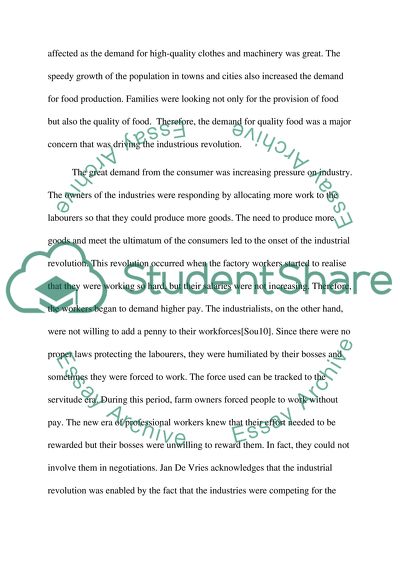Cite this document
(“Discuss the interpretation of the First Industrial Revolution as an Term Paper”, n.d.)
Retrieved from https://studentshare.org/macro-microeconomics/1664487-discuss-the-interpretation-of-the-first-industrial-revolution-as-an-industrious-revolution
Retrieved from https://studentshare.org/macro-microeconomics/1664487-discuss-the-interpretation-of-the-first-industrial-revolution-as-an-industrious-revolution
(Discuss the Interpretation of the First Industrial Revolution As an Term Paper)
https://studentshare.org/macro-microeconomics/1664487-discuss-the-interpretation-of-the-first-industrial-revolution-as-an-industrious-revolution.
https://studentshare.org/macro-microeconomics/1664487-discuss-the-interpretation-of-the-first-industrial-revolution-as-an-industrious-revolution.
“Discuss the Interpretation of the First Industrial Revolution As an Term Paper”, n.d. https://studentshare.org/macro-microeconomics/1664487-discuss-the-interpretation-of-the-first-industrial-revolution-as-an-industrious-revolution.


